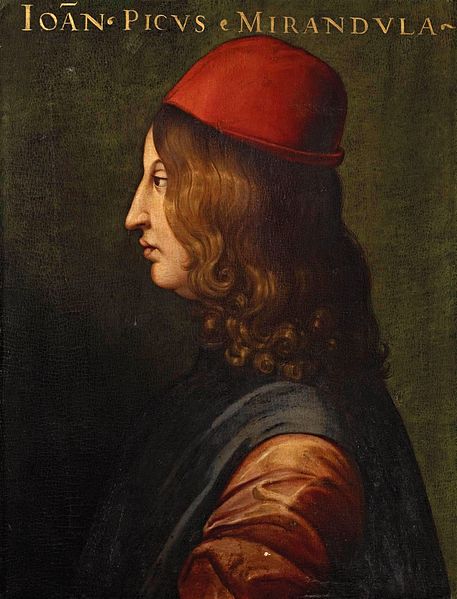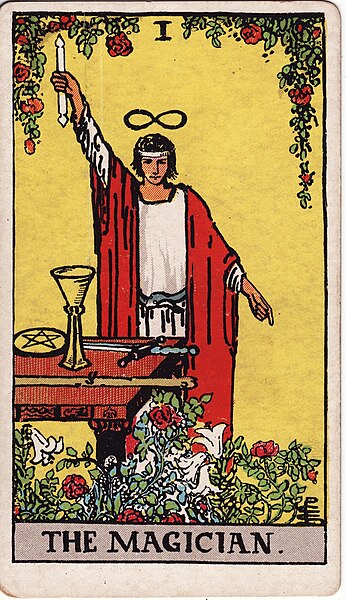Renaissance magic was a resurgence in Hermeticism and Neo-Platonic varieties of the magical arts which arose along with Renaissance humanism in the 15th and 16th centuries CE. During the Renaissance period, magic and occult practices underwent significant changes that reflected shifts in cultural, intellectual, and religious perspectives. C. S. Lewis, in his work on English literature, highlighted the transformation in how magic was perceived and portrayed. In medieval stories, magic had a fantastical and fairy-like quality, while in the Renaissance, it became more complex and tied to the idea of hidden knowledge that could be explored through books and rituals. This change is evident in the works of authors like Spenser, Marlowe, Chapman, and Shakespeare, who treated magic as a serious and potentially dangerous pursuit.
Woodcut illustration from an edition of Pliny the Elder's Naturalis Historia (1582)
Portrait of Gemistus Pletho, detail of a fresco by acquaintance Benozzo Gozzoli, Palazzo Medici Riccardi, Florence, Italy
Marsilio Ficino from a fresco painted by Domenico Ghirlandaio in the Tornabuoni Chapel, Santa Maria Novella, Florence
Portrait from the Uffizi Gallery, in Florence
Hermeticism or Hermetism is a philosophical and religious system based on the purported teachings of Hermes Trismegistus. These teachings are contained in the various writings attributed to Hermes, which were produced over a period spanning many centuries and may be very different in content and scope.
The Magician, from the Rider–Waite tarot deck, is often thought to display the Hermetic concept of "as above, so below".





